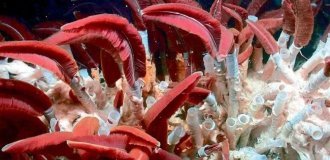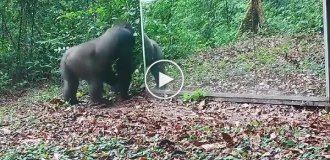The palm thief, also known as the coconut crab, amazes with its size, but besides this, the animal has something to surprise. 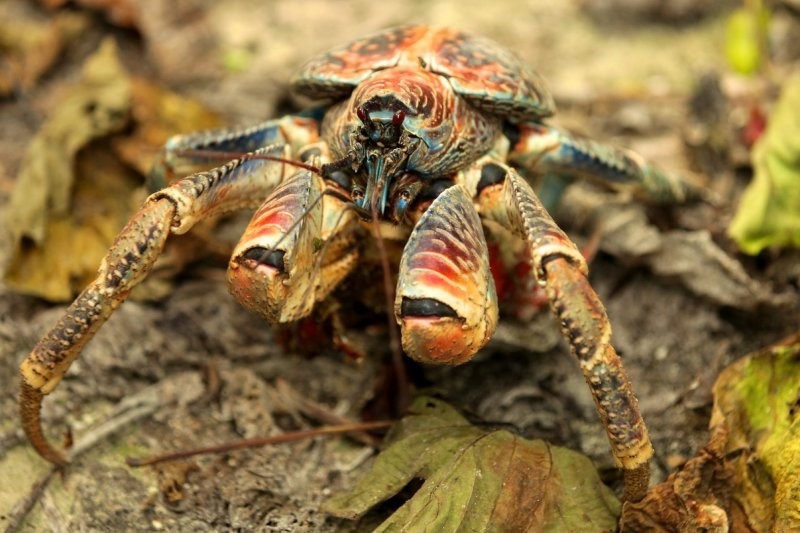
It is quite difficult to choose between an ordinary thief and a palm thief. The first one, at most, will take out all the gold and cash. But don’t put your palm finger in your mouth. These monsters rightfully occupy the palm (and just the palm too) in several categories at once. It's time to meet the largest representative of terrestrial arthropods! 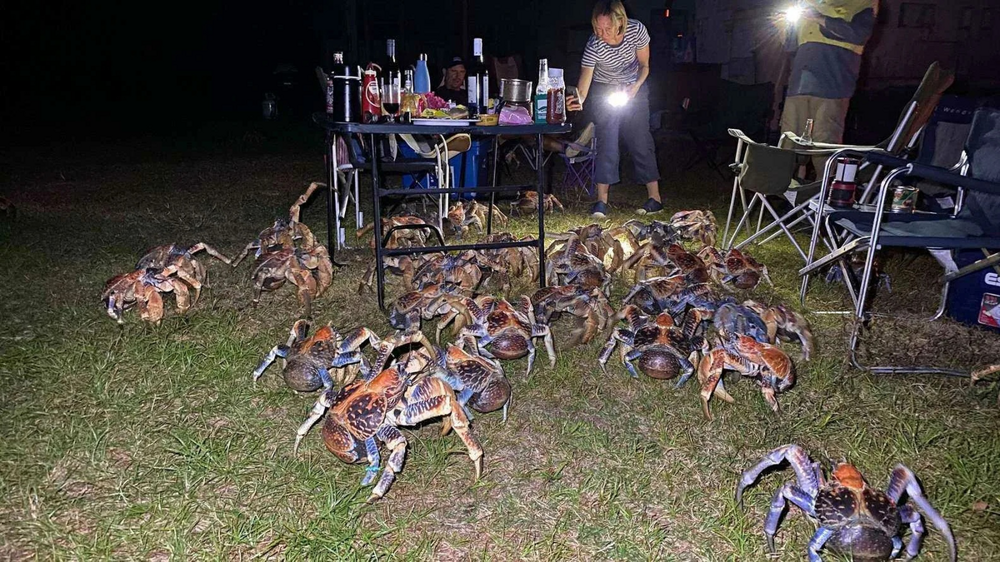
That feeling when the appetizer came to the party on its own. But now you'll probably become a snack yourself...
The palm thief, robber crab, coconut crab, unga, or ayuy is a truly gigantic representative of the superfamily of hermit crabs. Among all the invertebrates that have made it to land, you will not find a single creature that could compete with the unga in size. Our heroes grow up to 4 kilograms - the average weight of a domestic cat! At the same time, the span of the legs can reach a whole meter - can you imagine how huge they are? 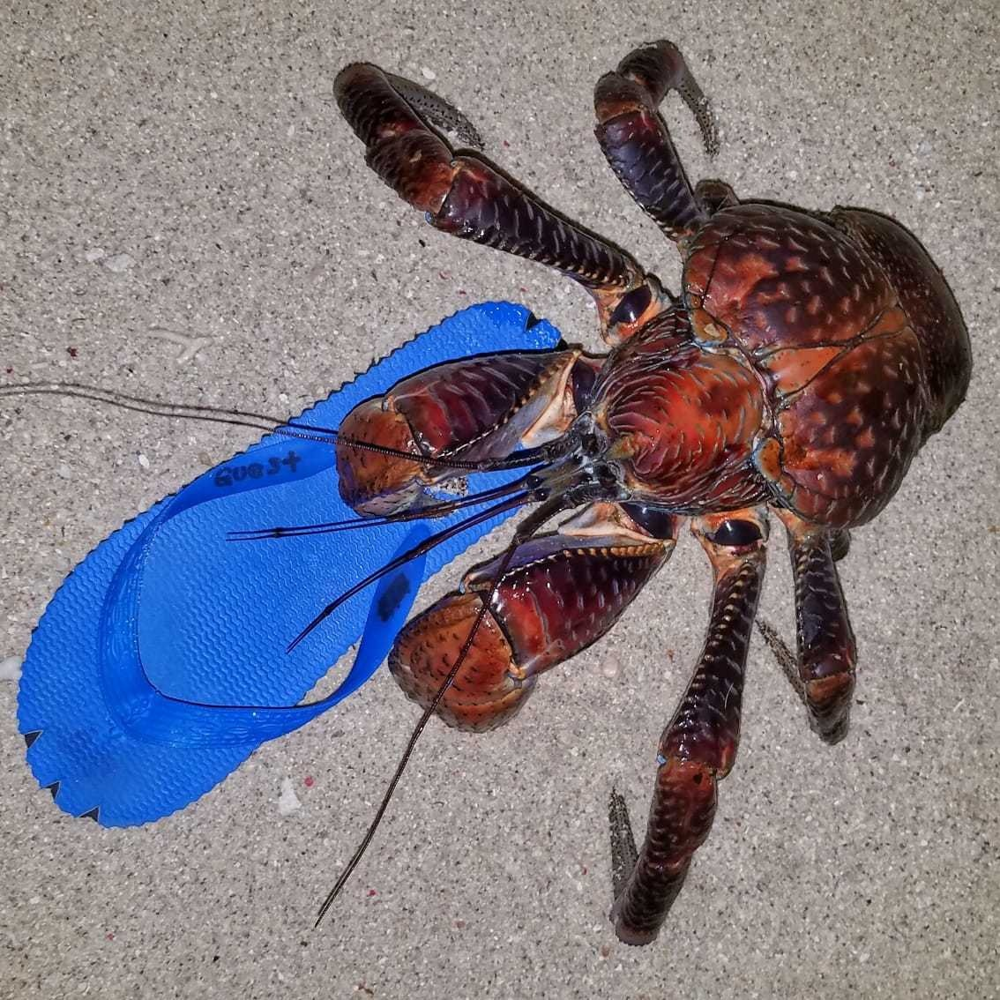
And no, we are not creating panic here out of nowhere. Do you know how many trump cards these creatures have in their claws? Curl your fingers: unimaginable strength, armored shell, the ability to climb anywhere worse than Spider-Man, poisonousness and absolute omnivorousness, even cannibalism. Well, is it scary? Personally, yes. 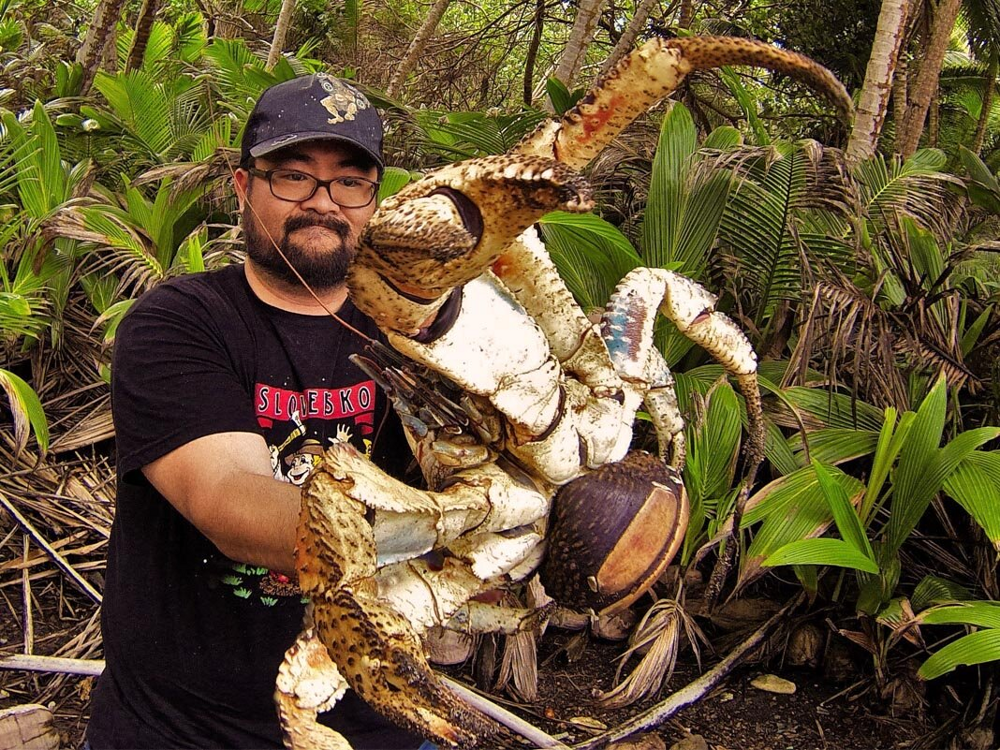
It was not in vain that we talked about trump cards in the claws, because one of the main advantages of the Unga is its powerful limbs. In experiments, medium-sized crabs showed an astonishing compression force of 1,765 Newtons. This is the heaviest “handshake” in the animal world, its strength is comparable to the bite of a lion or tiger! But why do arthropods need such formidable weapons? 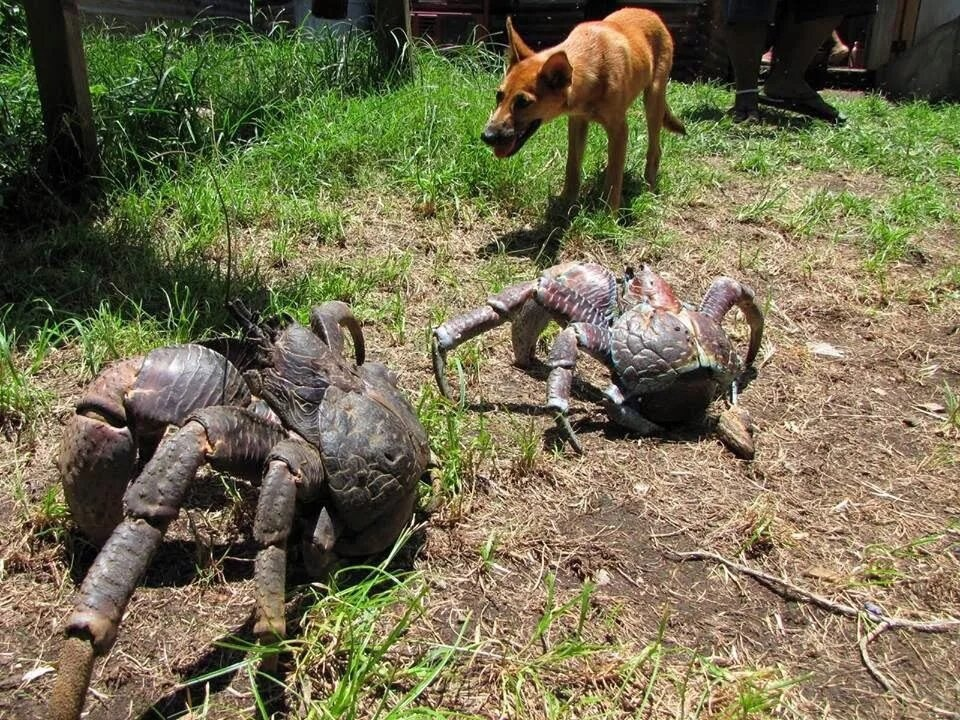
It’s clear that islands are a nightmare! It’s as if evolution set up an experiment and tried to make our heroes the top predators of the ecosystem. And just imagine, on some small islands of the Indian and Pacific oceans this actually happened. Given their limited environment and lack of other predators, coconut crabs became formidable meat eaters themselves. 
They hunt not only small mammals and reptiles - unga sometimes even swing at birds! Quite successfully, by the way. Crabs do their dark deeds at night. Monsters easily climb trees and quietly creep up on sleeping birds. One successful grab - and the thin bird bones crunch just like that in the powerful claws. The wounded prey falls down, where the predator mercilessly continues its meal. 
To be fair, in addition to living creatures, palm thieves also hunt fruits. Not always ripe and sweet: some populations have learned to digest toxic water mangoes. From such a diet, the crabs themselves became poisonous! And, as you can tell from the name, coconut crabs love palm fruits! Only they don’t steal them, but quite calmly open them with powerful claws and enjoy the delicious pulp right on the spot. They have no one to hide from: on the islands the Ayuy have only two formidable opponents - a man and another crab. The crabs knead each other without a drop of pity and eat each other without a trace, even the armored exoskeleton is used up! 
The only exception when bandits tolerate each other is during the breeding season, which runs from May to September. During this time, males must not only gain the favor of cannibal females, but also manage to deposit their seed material on the inside of the chosen one’s abdomen. After this, the lady lays her eggs there, and fertilization occurs. 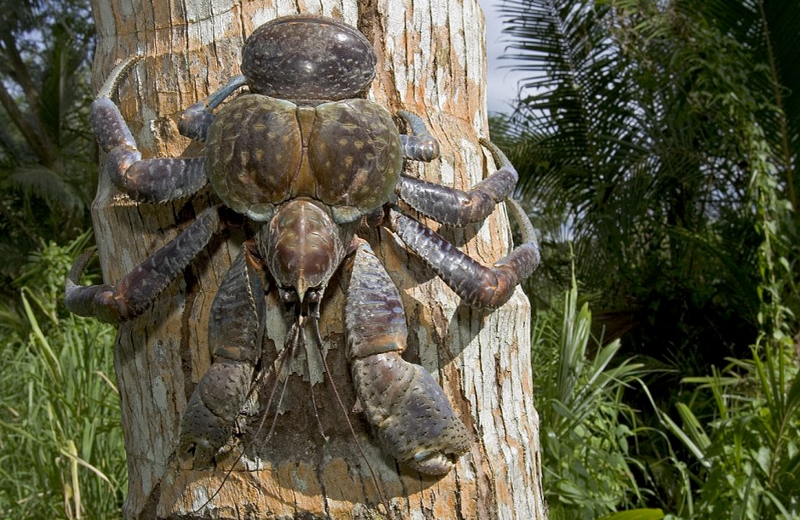
Are you still afraid of the tiny spiders that hang in the corner of your bathroom?
For the next few months, the mother will carefully carry the young on her belly. This is not an easy task, because at one time a crab can give birth to up to 138,000 babies! By the time the crabs hatch, the female will go to the very edge of the ocean. Her task is to release the baby into freedom and not drown herself. Here's the articleearly life cycle of arthropods: newly hatched larvae cannot live without water, and adults, once in the water, drown in a matter of hours. 
The female hides the eggs right under her tail.
After a couple of months, the ayu larvae molt several times and become similar to adults. During this time, their breathing apparatus undergoes serious changes - one of the reasons why the babies will never return to live at sea. So that the process of growing up is not interrupted by some predator, the young crab hides its still frail bodies in empty shells. 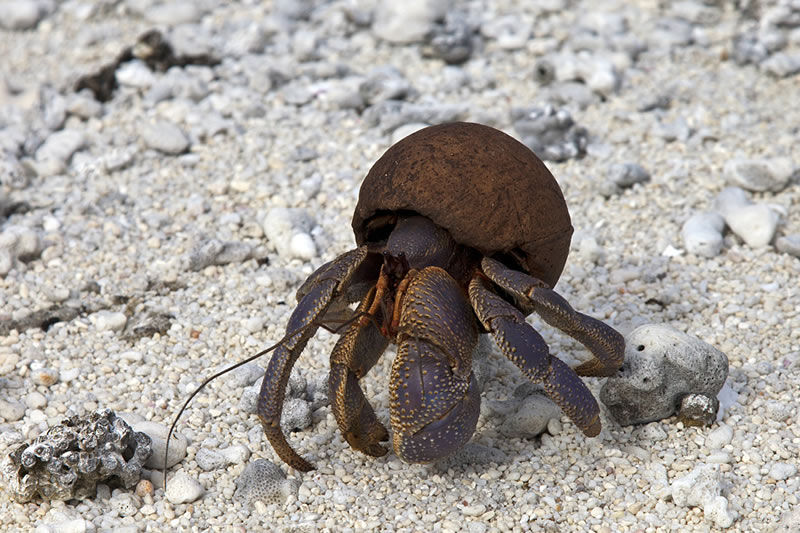
When the coconut crab grows out of all the shells in the sea, it uses coconut shells for protection.
Ayyu spend a lot of time transforming into armored titans: arthropods reach their true gigantic size only by the age of 60! Of course, only a few survive to this age. But this is the point: if palm thieves multiply too much, they are not far from seizing world power. With such and such superpowers! 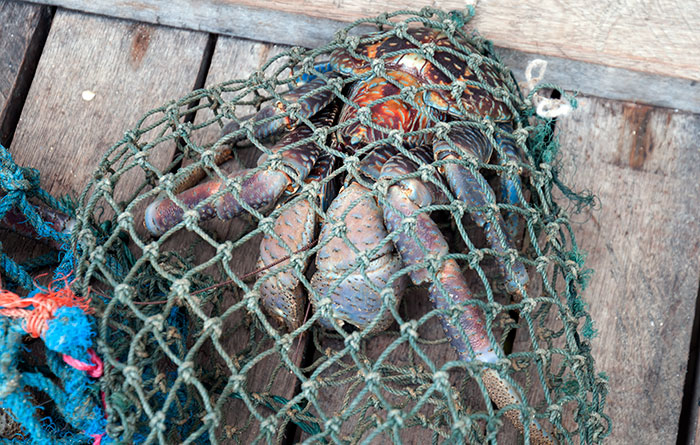
And how good it is that these arthropods are not found in our vast expanses. They can be found only on remote islands in the Indian and Pacific oceans. Scientists say that large populations of crabs used to live in India and Australia, and on large islands such as Madagascar. But there the clawed hands died out completely or partially as soon as homosapiens appeared. Ancient people were not afraid to send monstrous arthropods to the stake. Today, in many habitats of palm thieves, hunting for them is prohibited or partially limited.
Add your comment
You might be interested in:
